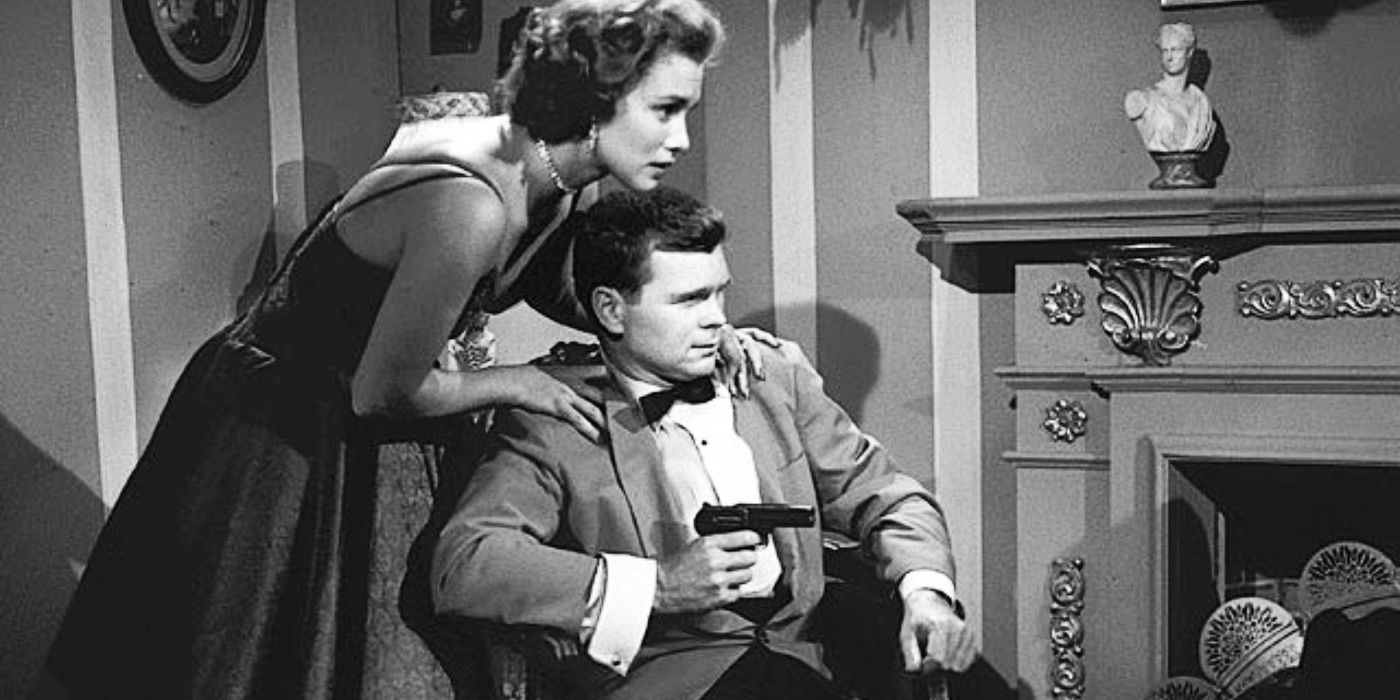Summary
- Casino Royale (1967) serves as a comedic spoof of James Bond films, parodying Bond tropes and multiple Bond characters.
- Casino Royale (195
- was a TV special that faithfully followed Fleming's novel but lacked emotional depth due to time constraints.
- Never Say Never Again, a remake of Thunderball, features Sean Connery's return as Bond and expands on the Blofeld character.
Eon's James Bond series is one of the most successful film franchises of all time, but the non-Eon James Bond movies vary in a ranking of quality. Together, the 25 canon Bond movies have a combined box total of $7.8 billion (via The Numbers), and over the course of its 62-year history, the franchise has become something of a cultural phenomenon. However, Eon's films aren't the only James Bond movies to have been made over the years.
After debuting in Ian Fleming's first 007 novel, Casino Royale in 1953, the character of James Bond eventually made the leap to film. While the majority of James Bond movies have been produced by the British production company, Eon, not all of them have. In fact, to date, three James Bond movies have been made that exist outside the official Eon canon, all of which vary in quality.
3 Casino Royale (1967)
Released April 28, 1967
To date, there have been three adaptations of Casino Royale. Long before 2006's Casino Royale hit theaters, a comedic version of Ian Fleming's classic novel was released. Starring David Niven as Sir James Bond 007, the movie serves as a spoof of the James Bond films, which, even as early as 1967, had an established style and tone worthy of parody. Owing to its comedic nature and sending up of the spy genre, Casino Royale can be seen as somewhat of a precursor to the Austin Powers movies.
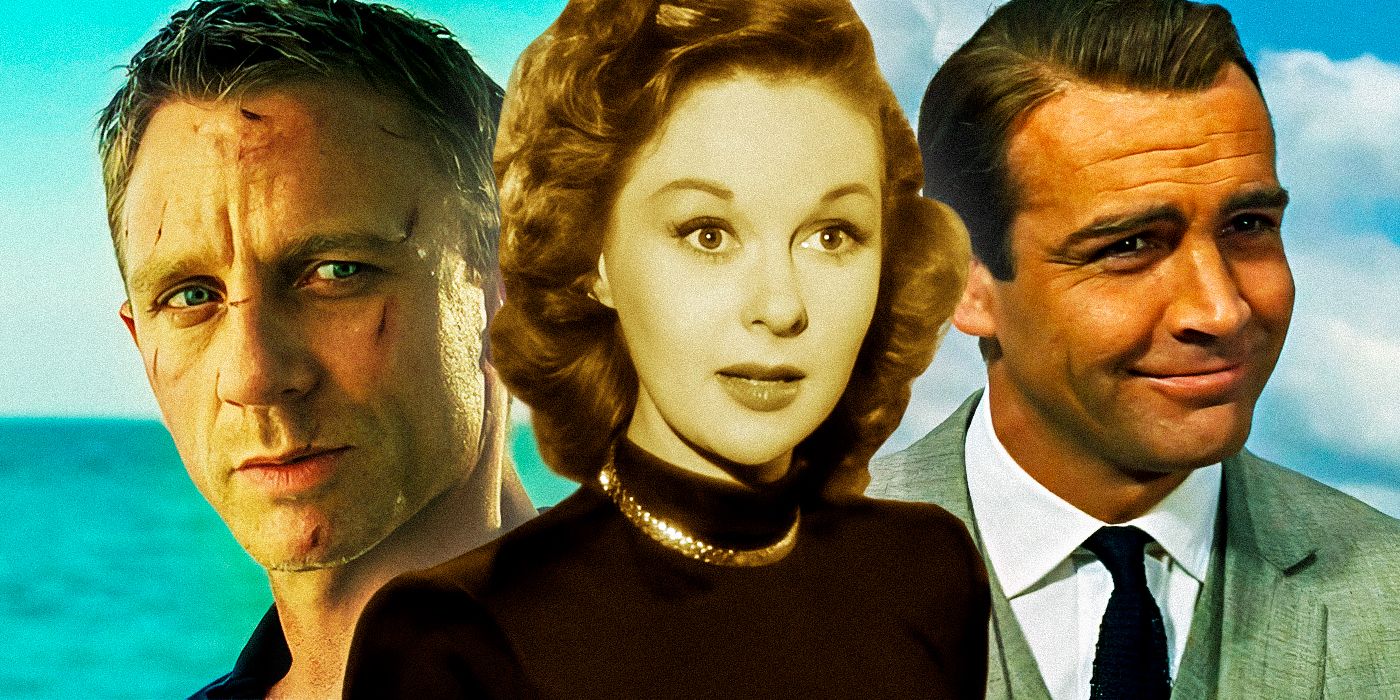
7 Ways James Bond's 1950s Female Casting Plan Would Have Changed 007 & Cinema History
If a woman had been cast as James Bond many decades ago, it would have altered the face of the franchise and moviemaking as it's known.Casino Royale loosely follows the same plot as Fleming's 1967 novel, though it features many surreal and humorous tangents. Sir James Bond 007 is called out of retirement to bring down the evil criminal organization, SMERSH. Bond employs the help of Vesper Lynd - played in the film by Ursula Andress, who previously played Honey Ryder in Dr. No - as well as baccarat expert Evelyn Tremble (Peter Sellers), to help him defeat SMERSH agent Le Chiffre (Orson Welles).
What's surprising about Casino Royale is just how many Bond tropes it manages to parody, especially given that the Eon franchise was still in its infancy at that point. It pokes fun at everything from Bond's highly active sex life to the over-the-top nature of Bond villains. It even manages to spoof the idea of multiple people playing the character of James Bond even before Connery left the role.
The movie's satire is well-observed, but its incoherent plot means that Casino Royale is a difficult watch.
Unfortunately, however, Casino Royale is too silly to be considered good. The movie's satire is well-observed, but its incoherent plot means that Casino Royale is a difficult watch. Furthermore, its reliance on sex-filled humor means that the film hasn't aged very well at all. If a spoof film ages worse than the thing it's parodying, then there's a problem. Ultimately, a talented cast and a great soundtrack - which includes the Oscar-winning song, "The Look of Love" by Dusty Springfield - can't Casino Royale from being a misjudged adaptation of Fleming's novel.
2 Casino Royale (1954)
Aired October 21, 1954
Even before 1967's Casino Royale, there existed another adaptation of Fleming's book that pre-dates the Eon films. 1954's Casino Royale was a television special that formed part of the American anthology series Climax!. The special marks the first time the character of James Bond ever appeared on-screen, with American actor Barry Nelson taking on the role. The 50-minute-long TV movie, like most original broadcasts from the time, was lost for years after it aired. It wasn't until 1981 that a version of Casino Royale was discovered.
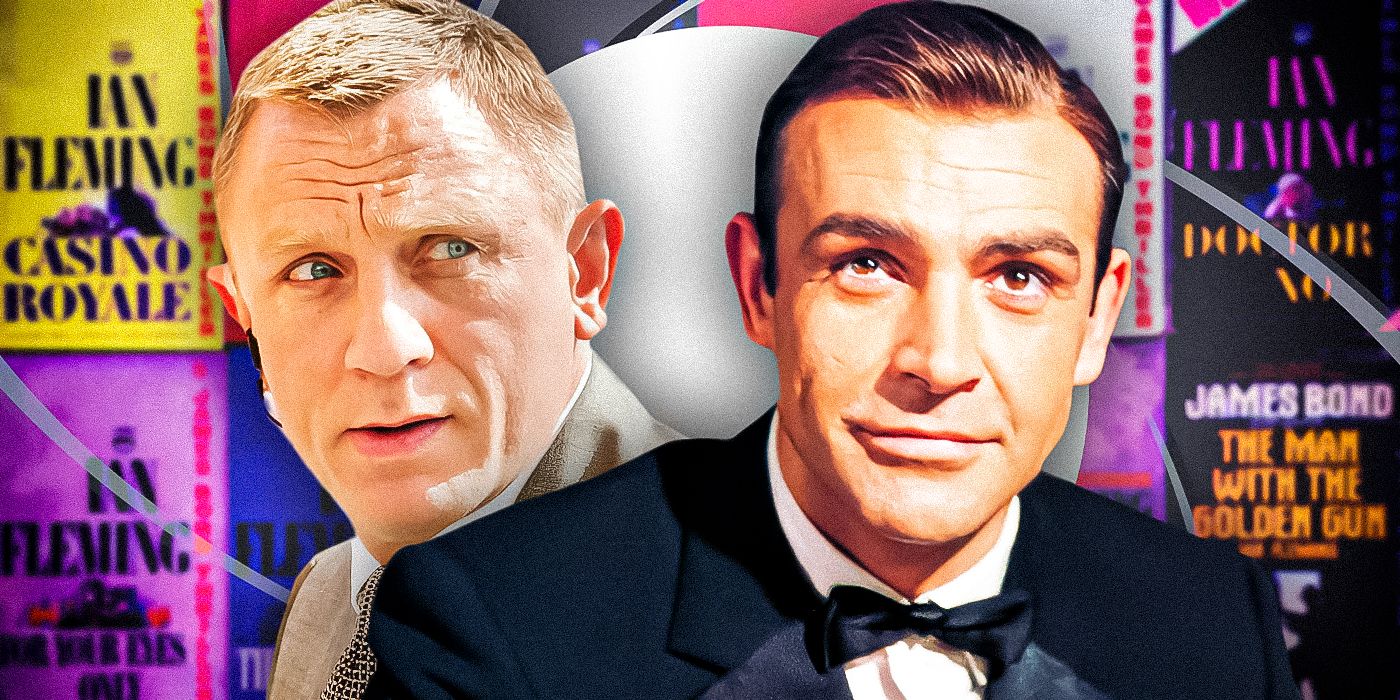
10 Best James Bond Book Changes The Movies Ever Made
The James Bond movies have made many alterations to Ian Fleming's original novels over the years, with some of the changes proving to be beneficial.Narratively speaking, the special follows the plot of the original novel quite faithfully. However, there are a few notable differences. For starters, James Bond is American rather than British and works for an organization referred to as the "Combined Intelligence Agency" as opposed to MI6. Additionally, there are minor alterations to the names of some of the main characters. For instance, Felix Leiter is Clarence Leiter, and Vesper Lynd is Valerie Mathis - owing to the fact that the character is a combination of both Vesper Lynd and René Mathis from the novel.
Unfortunately, due to both time and budgetary constraints, 1954's Casino Royale feels more like an overview of Fleming's novel rather than a detailed adaptation.
However, Casino Royale's style and tone are remarkably close to that of the Eon films and the special, as a whole, is a perfectly pleasant watch. Unfortunately, due to both time and budgetary constraints, 1954's Casino Royale feels more like an overview of Fleming's novel rather than a detailed adaptation. The 50-minute runtime means that the ending is cut short, resulting in the special lacking the novel's emotional punch. Additionally, Nelson's version of Bond is too far removed from the character depicted in both the novels and the Eon films to be believable.
1 Never Say Never Again
Released October 7, 1983
Possibly the best-known non-Eon Bond film, Never Say Never Again was released the same year as Octopussy. Despite being an original title, Never Say Never Again is, in fact, the second adaptation of Fleming's 1961 novel, Thunderball, with the film coming about due to a long-standing rights dispute. Essentially, Ian Fleming came up with the idea for Thunderball with the help of two other writers, Ken McClory and Jack Whittingham, who themselves wrote a screenplay based on the same premise. However, when Thunderball was published, Fleming failed to credit both McClory and Whittingham.
McClory immediately took legal action, which resulted in an out-of-court settlement that gave him the films rights to the novel. When 1964's Thunderball was produced, a deal was made between Eon and McClory that stated that McClory wasn't allowed to make any further film versions of the novel until at least ten years after Thunderball's release. Nineteen years later, McClory made his version of Thunderball; Never Say Never Again.
Never Say Never Again was directed by Ivan Kershner, the man who directed The Empire Strikes Back.
Never Say Never Again sees Sean Connery returning to the role of James Bond, twelve years after his last appearance as the character in 1971's Diamonds Are Forever. Like 1964's Thunderball and the novel it's based on, Never Say Never Again revolves around the disappearance of two nuclear warheads and Bond's mission to uncover their whereabouts, which leads him to SPECTRE agent Maximillian Largo (changed from Emilio Largo in Thunderball).
Owing to the fact that it is essentially a remake of Thunderball, it's hard not to compare Never Say Never Again to the original 1964 movie. Ultimately, Thunderball is better than Never Say Never Again in almost every regard. Thunderball is a solid Bond outing that, despite not reaching the highs of Connery's best 007 films, such as Goldfinger and From Russia With Love, wasn't exactly desperate for a remake. Unfortunately, Never Say Never Again doesn't offer much in the way of anything new and, therefore, struggles both to improve upon Thunderball and justify its existence.
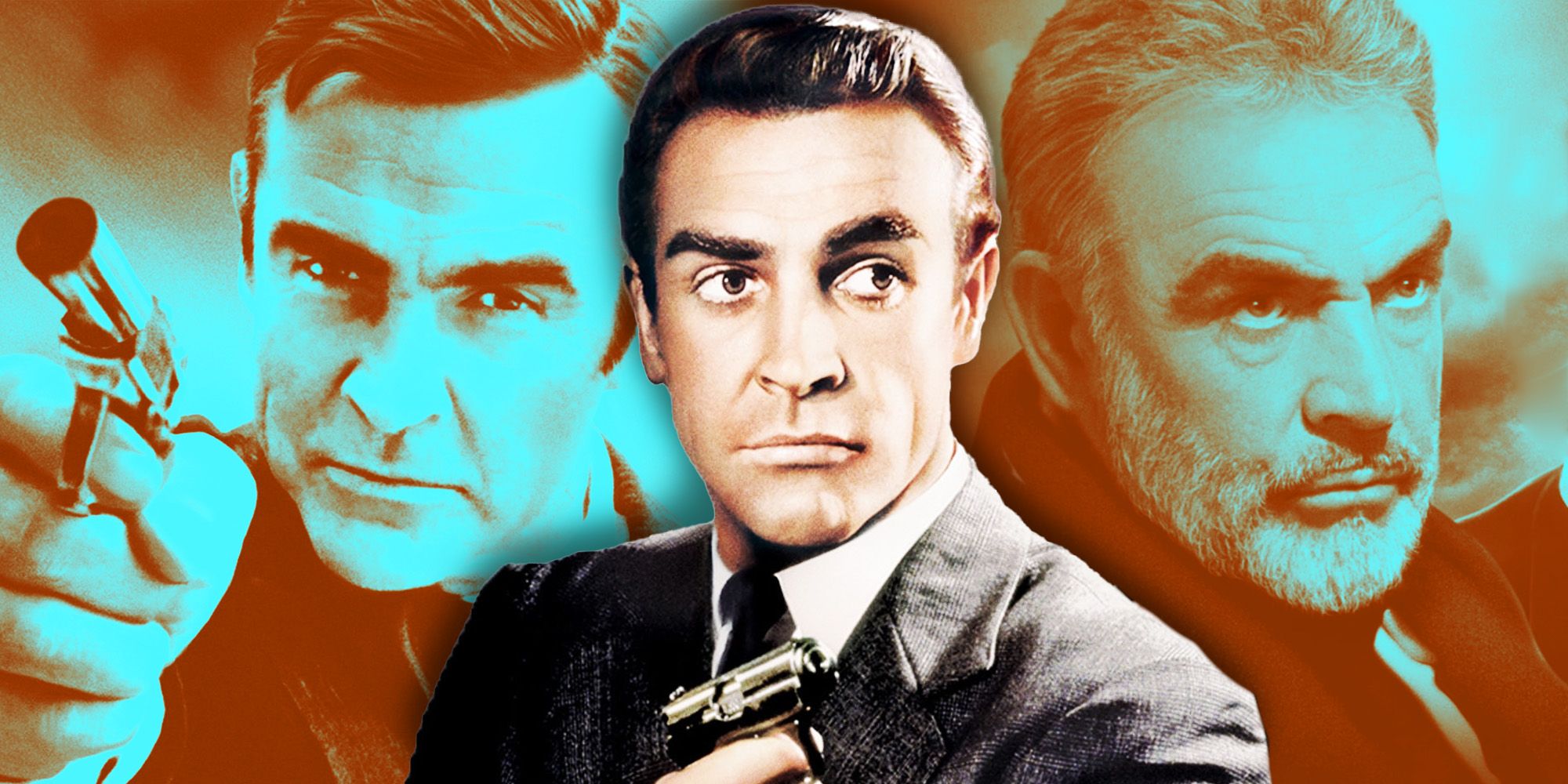
Sean Connery's 10 Best Movies, Ranked
With a career that has a lot more to offer than just James Bond, Sir Sean Connery was perhaps the most successful Scottish actor of all time.Taken on its own merits, though, Never Say Never Again is a decent, if not slightly safe, Bond movie. Despite being visibly older, Sean Connery is as charming as ever in the role of Bond, slipping seamlessly back into the character like he's never been away. Furthermore, an expanded role for Blofeld, played excellently in the film by Max Von Sydow, and an early big screen appearance by Rowan Atkinson make Never Say Never Again not only the best of the two Bond movies released in 1983, but the strongest of the three non-Eon 007 installments.
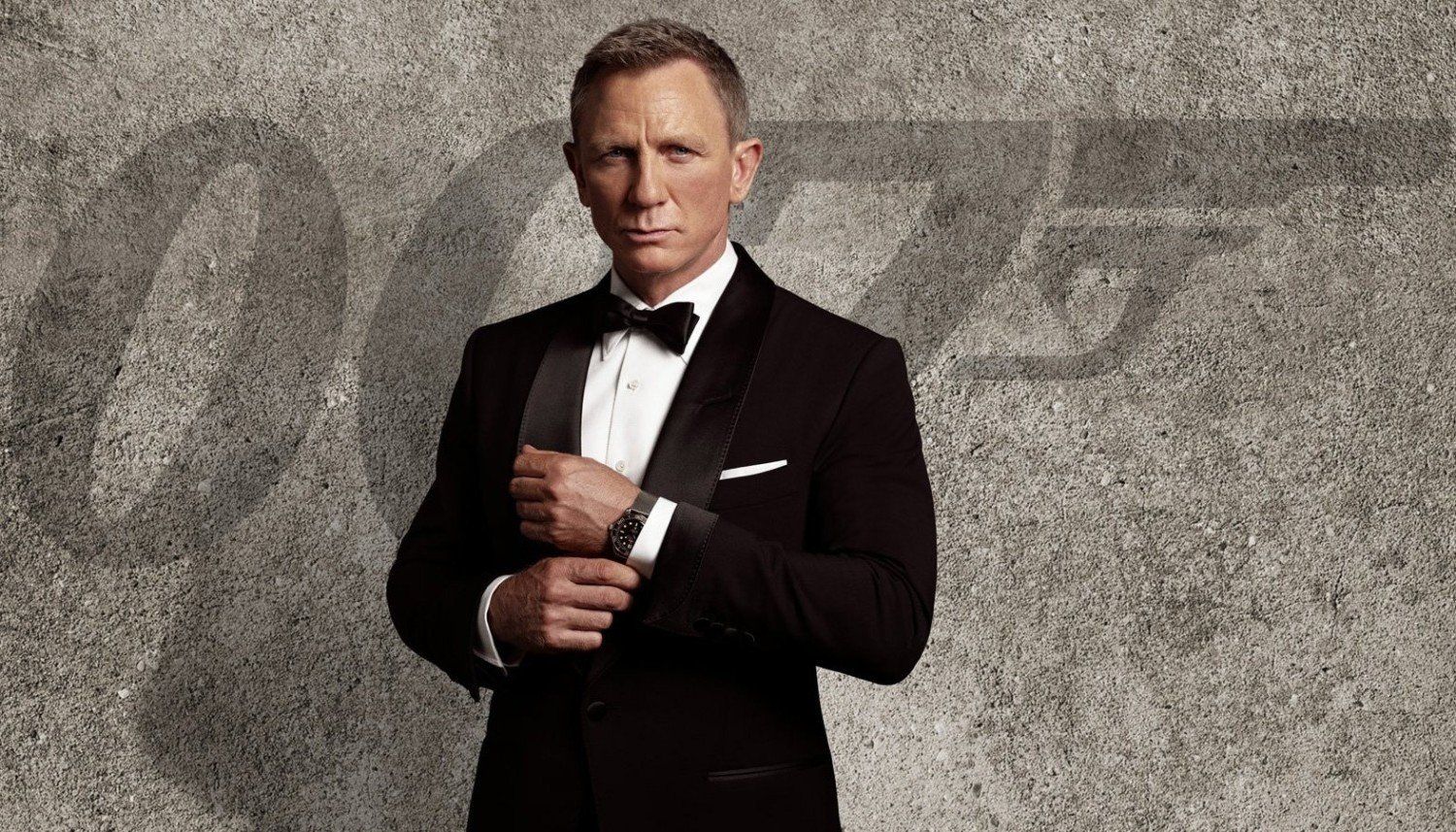
James Bond
- Created by
- Ian Fleming , Albert R. Broccoli
- First Film
- Dr. No
- Latest Film
- No Time to Die
- Upcoming Films
- James Bond 26
- Cast
- Sean Connery , George Lazenby , Roger Moore , Timothy Dalton , Pierce Brosnan , Daniel Craig


